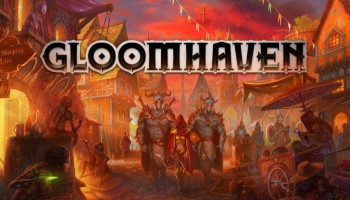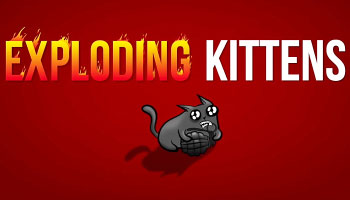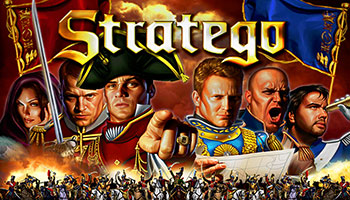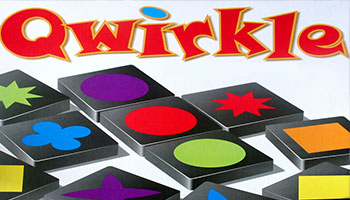
First Action
You decide your first action this turn will be to Draw cards. Your Draw Deck only contains one card, so you draw the last card, gather up all the cards from your Discard Area and shuffle them to create a new Draw Deck.
You then place the newly-shuffled Draw Deck face down beside your Discard Area and draw your second card.

Second Action

You decide your second action will be to Drill. You play three Pilot Cards to your discard area: one shows 1 Wild Drill Icon, another shows 2 Red Drill Icons and the last one shows 1 Red Drill Icon. …


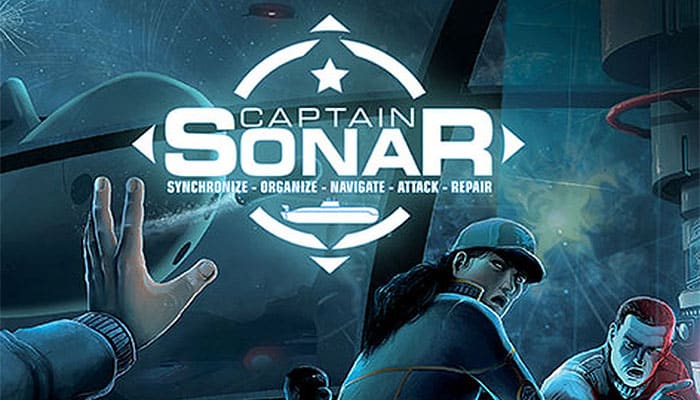








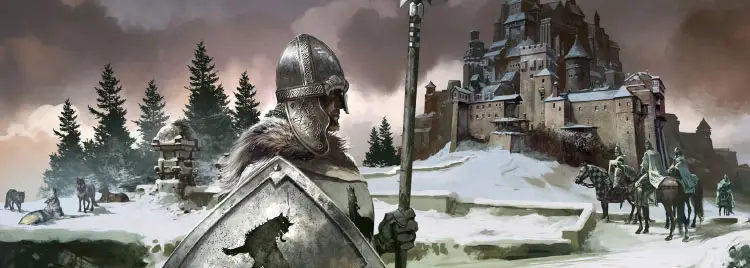
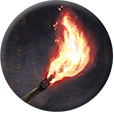 The Raid Order
The Raid Order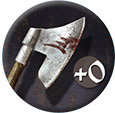 The March Order
The March Order








